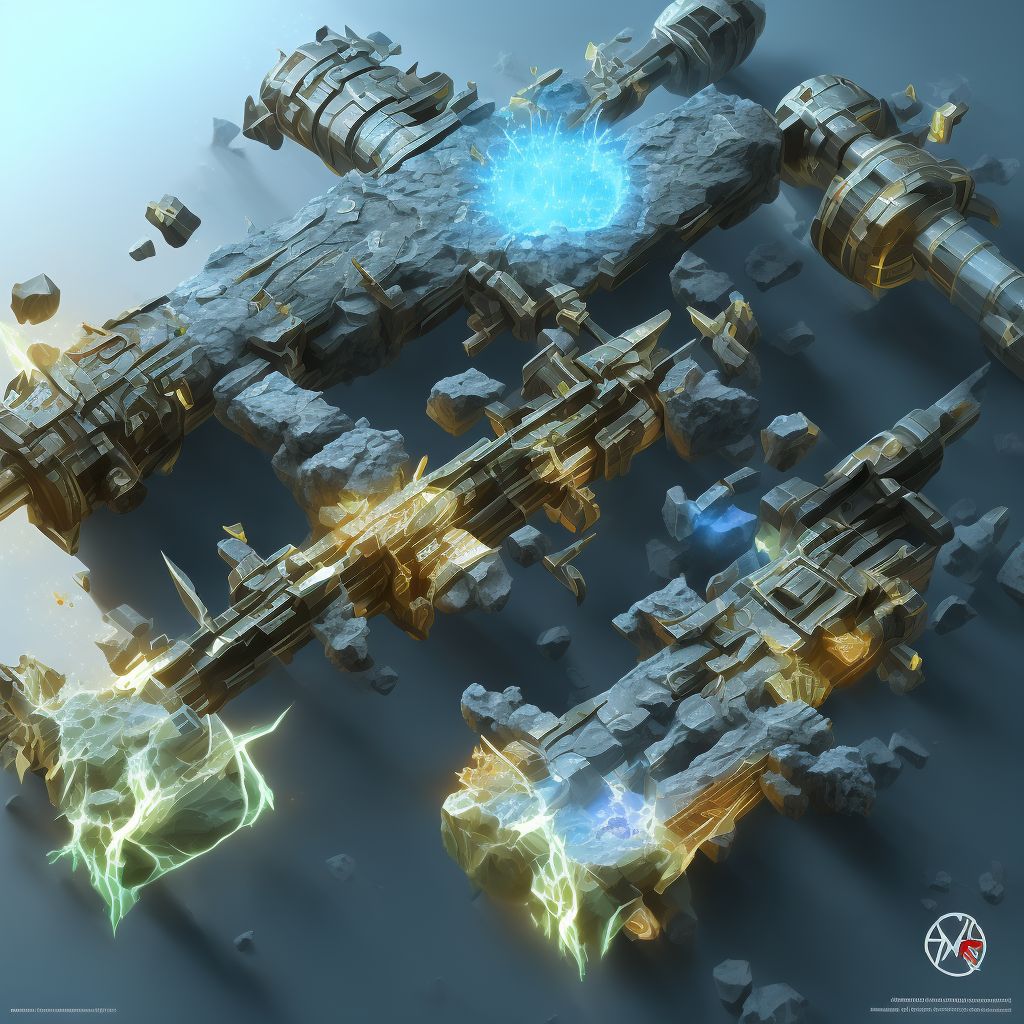
Nondisplaced transverse fracture of shaft of unspecified fibula, subsequent encounter for open fracture type I or II with malunion Save
ICD-10 code: S82.426Q
Disease category: S82.426: Nondisplaced transverse fracture of shaft of unspecified fibula
Nondisplaced Transverse Fracture of Shaft of Unspecified Fibula: Understanding Open Fracture Type I or II with Malunion
A nondisplaced transverse fracture of the shaft of the unspecified fibula can lead to complications, such as open fracture type I or II with malunion. This condition requires medical attention to ensure proper healing and prevent further complications. In this article, we will delve into the details of this injury, its subsequent encounters, and discuss the importance of seeking medical advice.
- Understanding the Injury:
- Open Fracture Type I or II:
- Malunion:
A nondisplaced transverse fracture of the shaft of the unspecified fibula refers to a clean break in the fibula bone that does not result in any significant displacement. This fracture typically occurs due to direct trauma or excessive stress on the bone.
An open fracture type I or II occurs when the fractured bone breaks through the skin or causes an open wound. It is crucial to seek medical attention immediately to prevent infections and facilitate proper healing.
In some cases, improper healing of the fracture can lead to malunion. Malunion refers to the improper alignment of the fractured bone during the healing process. This condition can cause pain, limited mobility, and potential long-term complications.
If you have experienced a nondisplaced transverse fracture of the shaft of the unspecified fibula and subsequent open fracture type I or II with malunion, it is essential to consult with a healthcare professional.
During your subsequent encounters, your healthcare provider will assess the extent of the malunion and its impact on your overall health. They may recommend further diagnostic tests, such as X-rays or CT scans, to evaluate the condition accurately.
Remember, this article does not cover treatment options. However, your healthcare provider will discuss appropriate treatment plans based on your specific case. Treatment may involve immobilization, physical therapy, or, in severe cases, surgical intervention.
Seeking medical attention for a nondisplaced transverse fracture of the shaft of the unspecified fibula with subsequent open fracture type I or II with malunion is crucial for optimal recovery. Your healthcare professional will guide you through the necessary steps to promote healing and restore your mobility.
Treatment of Nondisplaced transverse fracture of shaft of unspecified fibula, subsequent encounter for open fracture type I or II with malunion:
Treatment Options for Nondisplaced Transverse Fracture of Shaft of Unspecified Fibula
A nondisplaced transverse fracture of the shaft of the unspecified fibula is a specific type of bone injury that requires prompt and appropriate treatment. This fracture occurs when the fibula bone breaks across its width but the broken ends of the bone remain in alignment. It is crucial to addres...
To see full information about treatment please Sign up or Log in